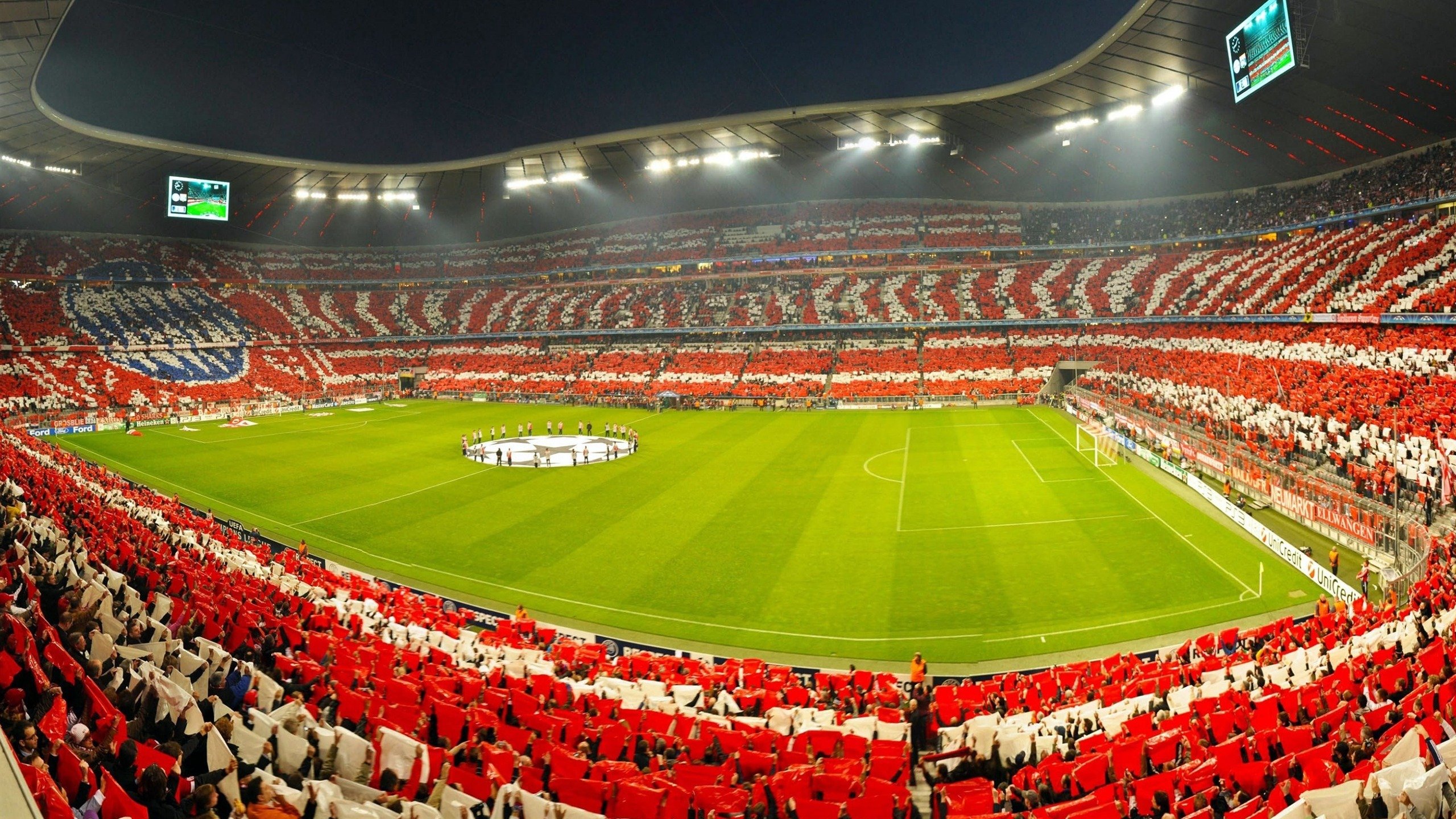Introduction:

China and Australia are two Asian nations that are known for their sporting prowess, with football being among the most popular. However, the level of development and success in football between these two nations is quite different. This article will provide an in-depth analysis of the state of football in China and Australia, including their histories, achievements, and current standings in the football world. To begin, let us first look at the history of football in each country.
1. History of Football in China
Football was introduced to China in the late 1800s by British missionaries and was first played by the Chinese in the early 1900s. The game quickly gained popularity, with the first official Chinese football club formed in Shanghai in 1900. In the 1920s, China joined FIFA and participated in the Olympic Games, which marked the beginning of their international football journey.
However, over the years, China's football development has been marred by political turmoil and mismanagement. The Cultural Revolution in the 1960s and 1970s saw football activities suspended, and it was not until the 1980s that the game was revived. In the 1990s, China invested heavily in football, leading to the formation of a professional league in 1994. Nevertheless, despite the effort, China's football performances have been mediocre and inconsistent over the years.
1.1 China's Football Achievements
China's football achievements have been relatively modest compared to other football powerhouses in Asia such as Japan and South Korea. Although China has qualified for the FIFA World Cup once, in 2002, they failed to score a single goal and lost all three of their group matches' games. Additionally, China has never won the Asian Cup, although they did reach the finals once in 2004 and finished as runners-up. However, in recent years, China has been making efforts to improve their football performance, notably with President Xi Jinping's push to develop football in China.
2. History of Football in Australia
Football was initially introduced to Australia in the early 19th century by British colonial settlers. However, it wasn't until the 1960s that football became widely popular in Australia. In 1969, the National Soccer League was established, which marked the beginning of professional football in Australia.
Football in Australia has enjoyed steady growth since the establishment of the league, with the country hosting the FIFA Confederations Cup in 2005 and the AFC Asian Cup in 2015. Additionally, the establishment of the A-League in 2004 has significantly contributed to the game's development, leading to the increased quality of the game and the national team's performances.
2.1 Australia's Football Achievements
Australia's football achievements are impressive, with the national team having qualified for the FIFA World Cup five times, with their best performance coming in the 2006 World Cup, where they reached the round of 16. Additionally, Australia has won the AFC Asian Cup once, in 2015, and has been runners-up on two occasions. Moreover, Australia has been crowned champions of the OFC Nations Cup on four occasions and have enjoyed success in the A-League.
The editor says: The difference in the football achievements of China and Australia is evident. While China has made efforts to develop the game, they are yet to match the performance of their counterparts in Australia. This could be attributed to several factors, including political interference, poor football management, and lack of infrastructure development. On the other hand, Australia's development in football has been consistent and sustained, leading to the nation's excellent performance in international competitions.
3. Current State of Football in China and Australia
Currently, Australia ranks higher than China in FIFA rankings, with Australia at number 41 and China at number 76 as of December 2020. Additionally, football in both countries has experienced significant growth in recent years, with various efforts put towards improving the game. For instance, China has made significant investments in football in recent years, with the country aiming to host and win the FIFA World Cup in the future. Moreover, Australia's A-League continues to attract talented players from across the globe, leading to increased competition and improved performances.
3.1 China's Current State of Football
Recently, China has been making efforts to develop football in the country. In 2015, President Xi Jinping launched an ambitious plan to promote football in China, which included the construction of thousands of football academies across the country and investing in grassroots football. Additionally, in 2017, the Chinese Super League introduced new rules aimed at developing local talent, leading to improved performances by the national team. However, despite these efforts, China's football performances have remained average, with the national team finishing fifth in their 2022 World Cup qualifying group.
3.2 Australia's Current State of Football
Australia's football is currently in good shape, with the A-League continuing to attract top players while also developing local talent. The national team's performances have also been impressive, with the team currently ranked the third-best team in Asia and making progress towards qualifying for the 2022 World Cup. Additionally, Australia's women's football team, the Matildas, are among the world's best, ranking seventh globally and have enjoyed success in various international competitions.
The editor says: Both China and Australia have made significant strides in developing football in their respective countries. However, Australia's consistent and sustained development has led to impressive performances in international competitions, while China's football performances have remained average despite massive investment. Nevertheless, it remains to be seen whether China's recent efforts will translate into improved football performances in the future.










暂无评论
发表评论